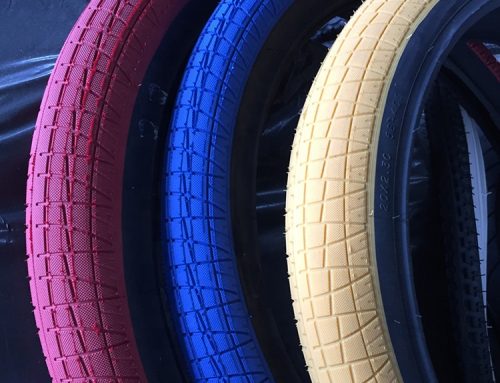**1. Proper Bike Fit:
- A poorly fitting bike can contribute to saddle sores. Ensure your bike is properly fitted to your body proportions, including saddle height, angle, and position.
**2. Quality Bike Shorts:
- Invest in high-quality padded bike shorts made from moisture-wicking materials. The padding (chamois) helps reduce friction and pressure on sensitive areas.
**3. Cleanliness:
- Keep your bike shorts and saddle area clean. Sweat, dirt, and bacteria can contribute to irritation and saddle sores.
**4. Hygiene:
- Wear clean, dry bike shorts for each ride. Shower after cycling to remove sweat and bacteria from your skin.
**5. Chamois Cream:
- Chamois cream or anti-chafing products can reduce friction and irritation between your skin and the bike shorts.
- Apply a thin layer to areas prone to chafing before riding.
**6. Saddle Choice:
- Choose a saddle that matches your anatomy and riding style. An uncomfortable saddle can increase the risk of saddle sores.
**7. Break-In Period:
- Give your body time to adapt to the saddle. Gradually increase your riding duration to allow your skin to toughen up.
**8. Stand Up:
- Stand up on the pedals periodically during rides to relieve pressure on sensitive areas.
**9. Wear Clean Clothing:
- Avoid wearing underwear under your bike shorts, as it can cause additional friction and moisture retention.
**10. Antibacterial Wash: – Wash your bike shorts with a mild antibacterial detergent to eliminate bacteria that can lead to irritation.
**11. Moisture Management: – Choose moisture-wicking clothing to keep sweat away from your skin and reduce the risk of chafing.
**12. Proper Riding Technique: – Ensure your pedaling technique is smooth to minimize friction between your body and the saddle.
**13. Rest and Recovery: – Give your body time to recover between rides, especially if you’re experiencing discomfort or irritation.
**14. Medical Attention: – If you develop saddle sores that don’t improve with self-care, seek medical attention. Ignoring persistent discomfort can lead to infections.
Remember that saddle sores can be caused by a combination of factors, so a holistic approach is best. By taking steps to maintain proper hygiene, using quality gear, and making informed choices about your bike and riding habits, you can significantly reduce the risk of saddle sores and improve your overall bike seat comfort. If you’re experiencing persistent issues, consulting a healthcare professional or bike fitting expert can provide personalized advice.





